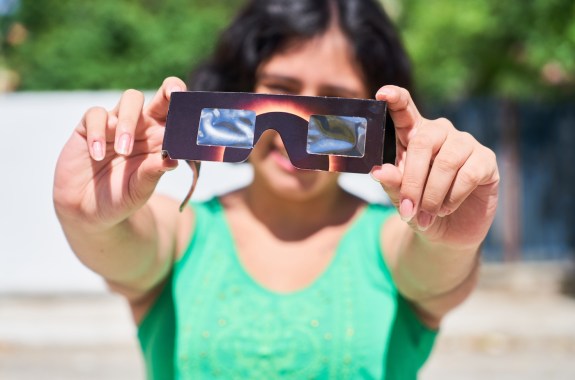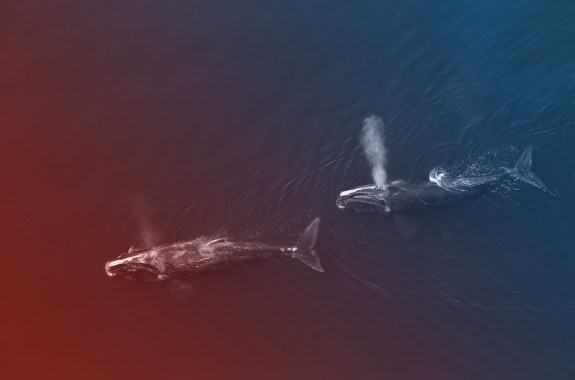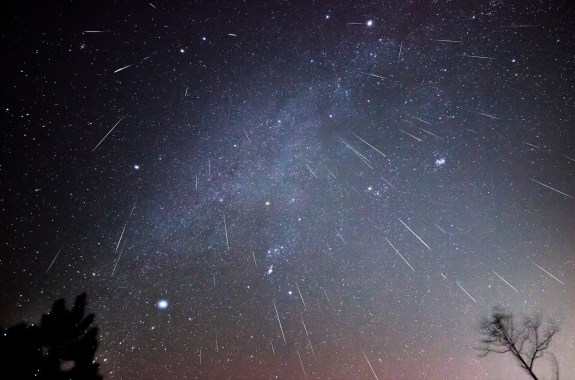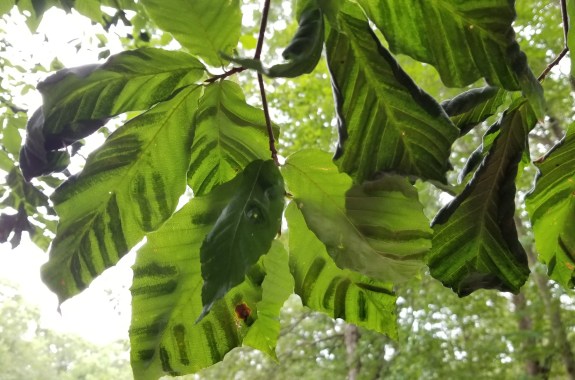Robin Kazmier is Senior Editor, Digital, which means she writes and edits articles and helps shape Science Friday’s digital strategy. Previously, she led research and fact-checking for the PBS series NOVA and was editor of the digital publication NOVA Next.
Growing up in Georgia, Robin spent a great deal of time collecting maps, practicing Spanish, and exploring the Chattahoochee River. Her curiosity about people and places led her to a bachelor’s degree in anthropology and geography from Northwestern University.
Robin got her start in editorial work at a publishing company in Costa Rica, where she edited field guides and authored National Parks of Costa Rica. She later joined the Tico Times, and her experience reporting on wildlife and editing the news convinced her that science journalism was her future. After nine years in the country, she left Costa Rica to pursue a master’s in science writing at the Massachusetts Institute of Technology and has lived in Boston ever since. Her favorite bird is the squirrel cuckoo.
Pollution Cookies And The Hidden Physics In Van Gogh’s ‘The Starry Night’
The Center for Genomic Gastronomy is making foods that capture environmental crises. Plus, what scientists found when they took a closer look at one of Van Gogh’s iconic paintings.
12:15
These Artists Serve Up Environmental Crises Through Food
May we interest you in a smog-infused cookie? The Center for Genomic Gastronomy is making foods that capture environmental crises.
12:12
Training Dogs To Stop The Spread Of Spotted Lanternflies
The invasive insects often lay eggs on vehicles and shipped goods. Now researchers are training dogs to sniff them out before they hatch.
How Do Eclipse Glasses Actually Work?
A combination of materials that reflect and absorb light make it safe to look right at the sun.
17:29
The Complicated Truths About Offshore Wind And Right Whales
Officials say offshore wind turbines aren’t killing North Atlantic right whales. So why do so many people think otherwise?
Geminid Meteor Shower Peaks On Wednesday And Thursday
You could see more than 100 meteors per hour during the moonless night of December 13-14.
Why Beech Leaf Disease Is Easy To Spot But Tough To Treat
In just a decade, this unusual disease has spread from Ohio across the Northeast. Scientists are testing treatments, but answers come slowly.






